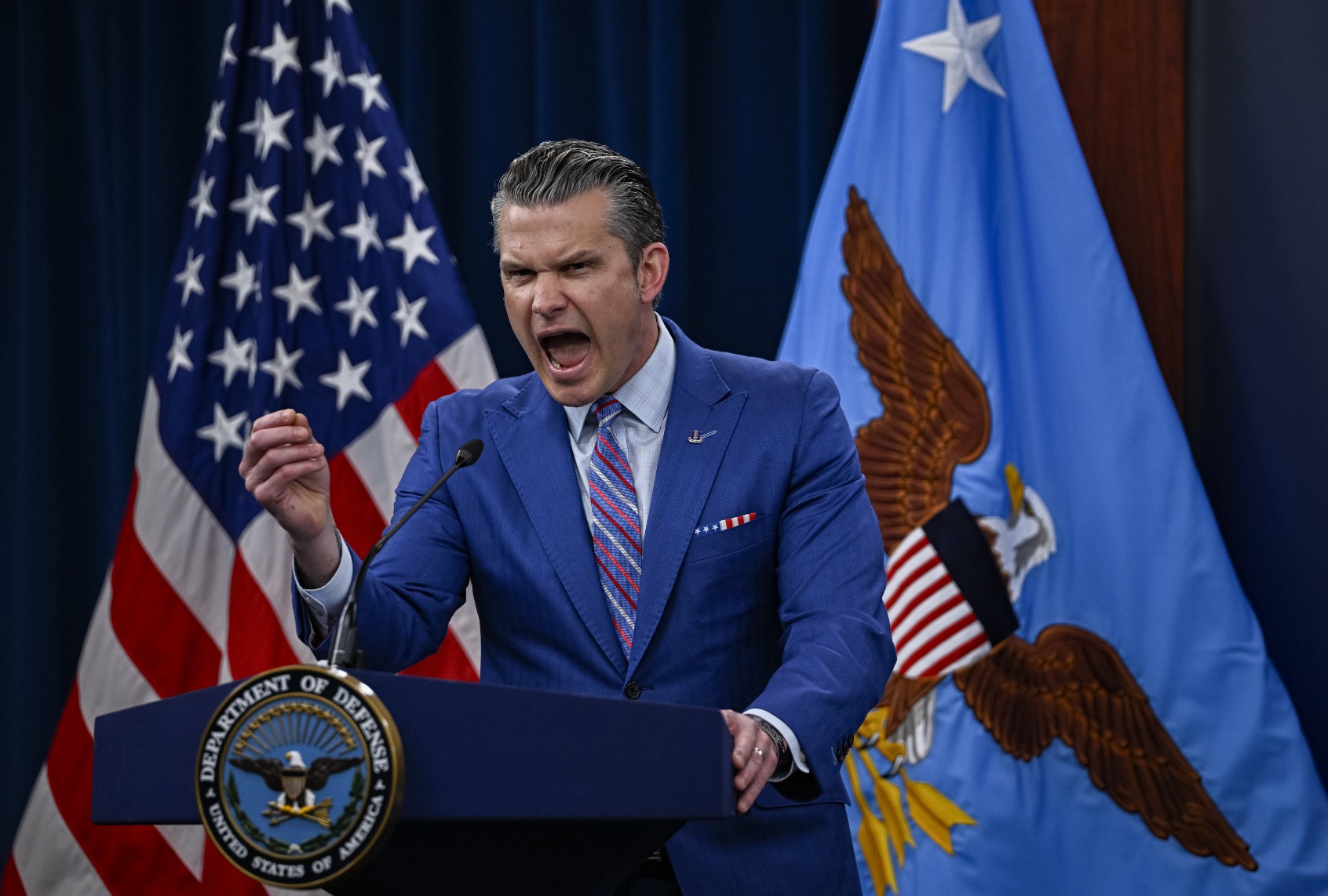In 2006, Hurvin Anderson, an artist hailing from Birmingham, painted his first barbershop scene. The piece “Barbershop” features a series of rectangular patterns, like an abstract painting, created by the reflections of the mirrors above the worktop. The chairs in front appear slightly disordered, surrounded by scraps of hair, hinting at recently departed clients while the viewer is next in line. Since then, Anderson has repeatedly painted barbershops in both Jamaica and London, but primarily those in his hometown. Many of his barbershop works are now on display until Nov. 5 at the Hepworth Wakefield Museum in northern England under the title “Hurvin Anderson: Salon Paintings”, referencing both salons and historical Parisian art exhibitions.
Anderson has been studying the spaces Black people occupy, particularly those of the Windrush generation, including his parents. The Windrush generation was encouraged to migrate to Britain from the Caribbean to help rebuild the country following World War II. Anderson has also explored his experience of growing up in Britain as the youngest of eight siblings, and the only one to be born in Britain. Throughout the past 25 years, Anderson has returned to the barbershop, the interior space of commercial Black barbershops, exploring how the space functions within Black communities and its unique aesthetic.
One of Anderson’s more notable barbershop series is “Peter’s Series,” in which he depicts an attic turned makeshift barbershop owned by Peter Brown, which Anderson’s father frequented. Caribbean immigrants coming to Britain in the 1950s and 60s used their homes to gather and create their own spaces since white barbers were reluctant to cut Black hair. In the museum, Anderson’s oldest barbershop paintings are shown alongside his latest works to highlight how his series has evolved. His more recent paintings feature political posters that show the barbershop as a politicized space.
The barbershop is a space that offers Black men and women the freedom to express themselves without judgement, making it a safe haven and cultural landmark. “It makes them look presentable, but it also helps them, emotionally and psychologically, to deal with the types of things that they’re confronted with in the world,” says Professor Tommy J. Curry from the University of Edinburgh. And yet even in public, Black men congregating together are often seen as threatening by others. The barbershop similarly features in popular culture, being depicted in films like “Barbershop” and in plays such as “The Barbershop Chronicles,” as a space where Black men can express themselves freely and be vulnerable.
Anderson has been exploring the sociopolitical context of barbershops and the details of the interiors in his more recent works, expanding the questions they pose and allowing the viewer to experience the space as the customer, barber, and painter. His paintings allow viewers to encounter the space as he does, reflecting on the history, aesthetic, and layered complexities of the barbershop as a cultural and emotional sanctuary.













